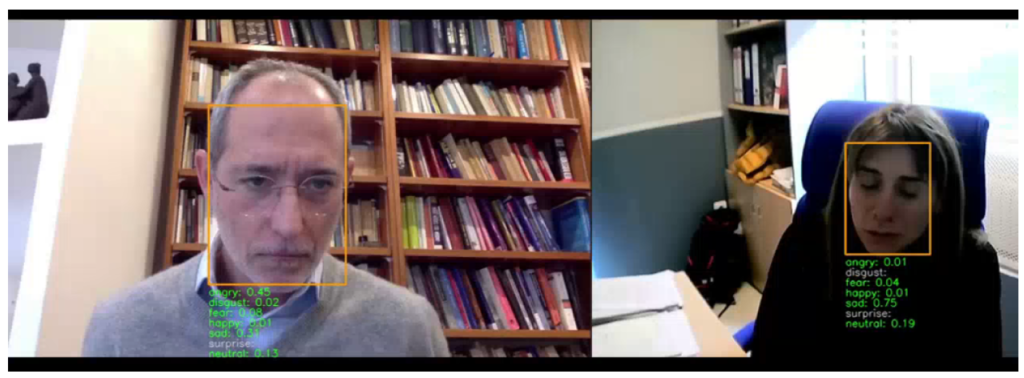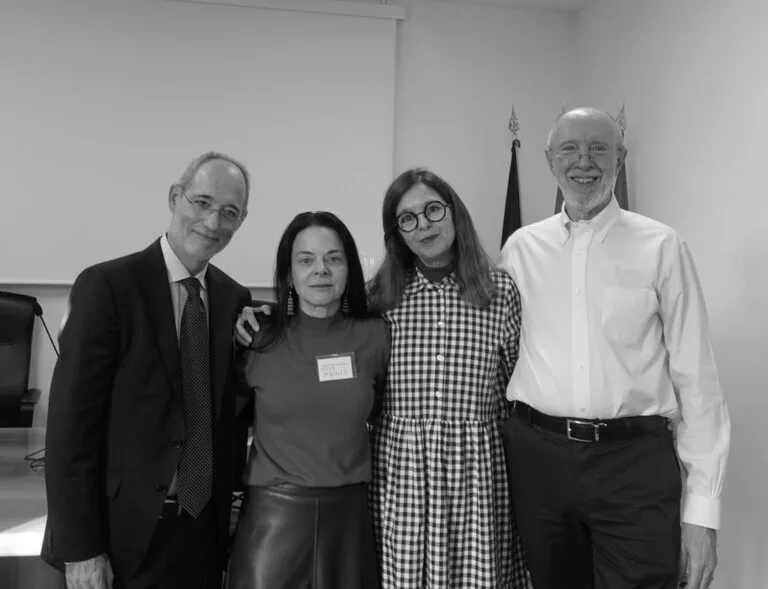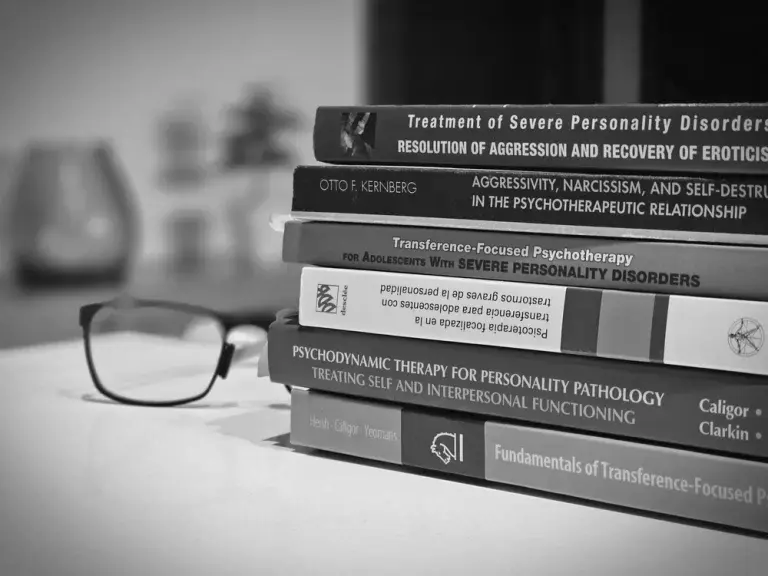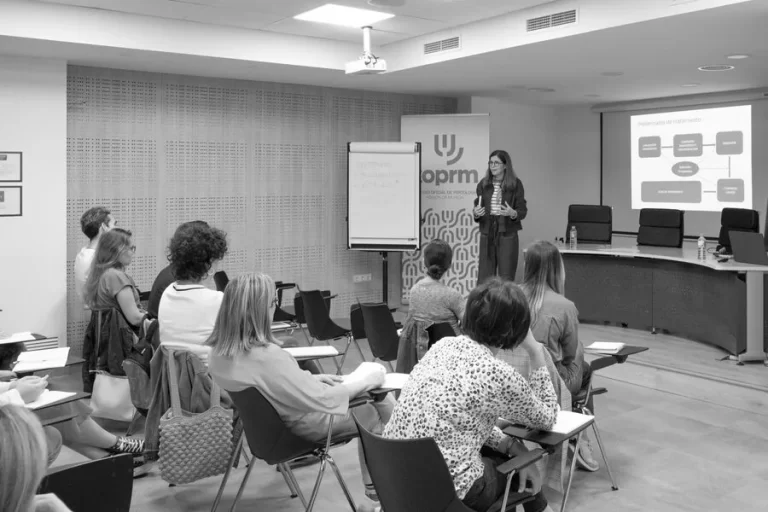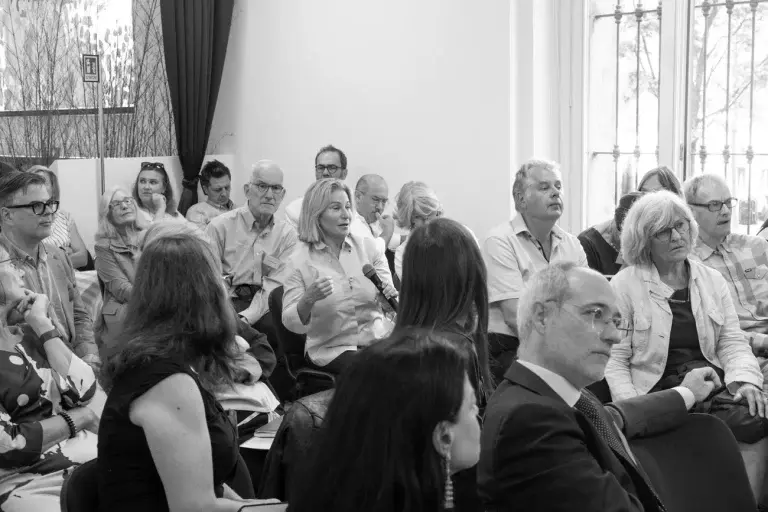Founders of TFP Hispanoamerica Institute highlight at ISTFP Supervisors Congress, Milan
Dr. Luis Valenciano, Pepa González and myself, Verónica Steiner, representing the TFP Hispanoamerica Institute, attended the International Society of Transference-Focused Psychotherapy (ISTFP) supervisors’ congress in Milan, Italy. An event that brings together leading experts in the field of TFP and is held every two years.
During this congress, Luis and I participated in an important meeting between the Training & Education committee and the Research committee. The main objective was to explore how to strengthen the collaboration between both committees. In this scenario, I presented the significant advances made by SSV Research in the training of therapists, especially in TFP.
A special mention deserves the research entitled “From trainee to therapist: microanalysis of a supervision session in Transference-Focused Psychotherapy”, which was previously presented by Ps. Daniela Saralegui and Engineer Rodrigo Vicencio (iMlabs – Blog, conference publication) at the Society for Psychotherapy Research (SPR) conference in Dublin, Ireland.
Origins of this study
From this experience, we decided to explore whether TFP has something different to offer students.
The birth of this research dates back to 2021, when our principal investigator, Daniela, conducted an analysis of some group supervisions with psychology students and graduate professionals in a psychological care center. The most outstanding results were that these supervisions were not conducted under a clear theoretical framework and turned out to be more an exchange of theoretical ideas without a clear thread.
After discussing and questioning how we could study the monitoring process, we decided to take a closer look.
What questions did we ask ourselves?
We wanted to know what and how we teach therapists in supervisions, what could help them in their clinical practice.
We wanted to know what happens in the context of supervision to help the supervisee work more efficiently (and with a calm posture) with his or her patient.
So, to begin with, we chose a therapist with TFP training and her supervisor, and asked them to allow us to observe one of their supervisory encounters to see what we could detect.
We set out to identify the verbal interventions of the supervisor and supervisee, as well as to describe the paraverbal behaviors of both during a clinical supervision of TFP.
How did we do it?
To conduct a microanalysis, our initial approach was to conduct a second-by-second content analysis of the supervision transcript, i.e., a verbal-level analysis.
We then trained two psychology students in the content analysis method. The students had a methodological background from their undergraduate training.
It was intentional that the students did not have any training in TFP, to balance the bias of the researchers in this study.
In addition, a frequency analysis of the most repeated words throughout the supervision was performed; this was based on the assumption that, if the core concepts of TFP are the ones structuring the supervision, one would expect to find them more frequently.
Challenges and new directions in the study method
The challenge was great. The classical qualitative methodology of content analysis was not sufficient to analyze all the elements contained in the supervised interaction, especially if we wanted to address all the communication channels that guide the clinical practice of PFT (verbal, paraverbal, countertransference, and interaction).
For this reason, we performed a direct analysis on the video, integrating both the interaction level of analysis and the paraverbal elements of each party (supervisor and supervisee).
At vero eos et accusamus et iusto odio dignissimos ducimus qui blanditiis praesentium voluptatum deleniti atque corrupti quos dolores et quas molestias excepturi sint occaecati cupiditate non provident, similique sunt in culpa qui officia deserunt mollitia animi, id est laborum et dolorum fuga.
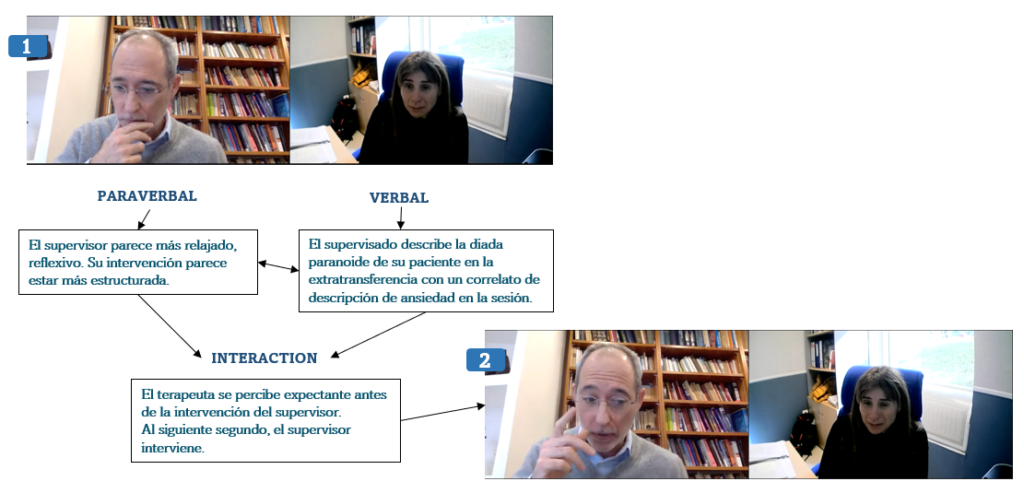
We apply technology
After this analysis, we decided to use Artificial Intelligence tools for the analysis of the emotional interaction. We estimated that the amount of data to be analyzed would be vast (approximately 5,000 images for each monitoring session) and that it would be inefficient to do it manually. This led to a subsequent study, which focuses on refining a methodology to make data analysis more efficient at that macro level.
Therefore, in parallel to the microanalysis, we are training a machine learning model to accelerate the research and broaden the scope of its findings.
This commitment to innovation and excellence reflects our spirit at the TFP Hispanoamerica Institute and our constant desire to improve and expand the field of psychotherapy.
